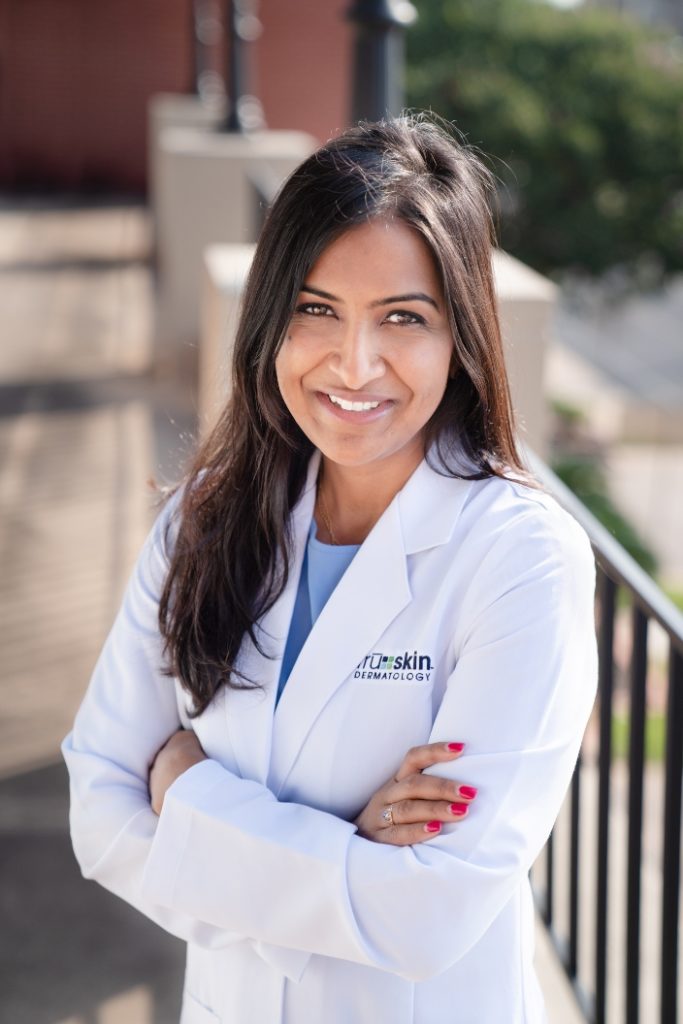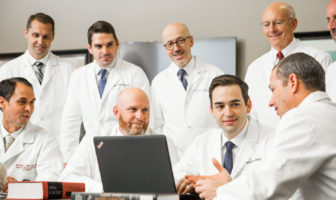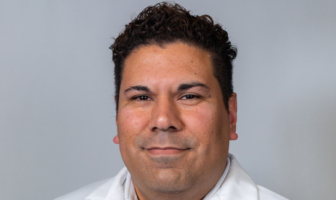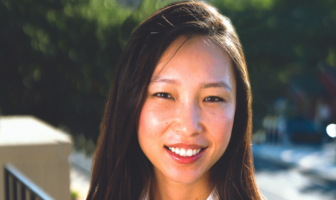Dr. Tanya Khan answers some questions about what exactly oculoplastic surgery is and its benefits.
Sponsored Content
Born in California and raised in New Jersey, Dr. Tanya Khan studied at Columbia University and Duke University School of Medicine. She specializes in the clinical and surgical management of eyelid orbit disorders. She also offers non-invasive facial cosmetic augmentation, chemical and laser skin resurfacing and topical skin care. To date, she has first-authored nine peer-reviewed scientific publications and written two scientific book chapters. She has also presented her work at national and international ophthalmology and cosmetic surgery conferences. In her spare time, she is an avid fitness enthusiast, and she enjoys spending time with her family and friends.
What is Oculoplastic Surgery?
Oculoplastic surgery is a sub-specialty of ophthalmology.

Who Am I?
I am both a fellowship-trained oculoplastic surgeon and board-certified ophthalmologist. This means that I am trained in surgery inside and outside the eye. As an oculoplastic surgeon, I primarily evaluate the eyelids and upper face, such as droopy brows and upper eyelids, under-eye bags, eyelid cancer, styes and chalazia and blocked tear ducts. Aging changes typically start with volume loss at the upper face. When we identify these features, we can properly address and prevent with Botox, fillers, lasers, skincare and surgery. You can rest assured that I am very comfortable with my eyelid and facial anatomy.
Is all eyelid surgery considered cosmetic?
The good news is no! In fact, many patients will qualify for medically necessary upper-eyelid surgery that is interfering with their vision. What does this mean? If your eyelid skin or lash line is hovering at or over your pupil (the visible black dot at the center of your eye), it is likely you are struggling to see. The excess hanging eyelid skin may be causing a shadow at the top and sides of your vision. You may be subconsciously raising your brows and forehead to lift your eyelids. This can often cause headaches, not to mention unsightly forehead lines! To stop this cycle, we can evaluate your specific upper-eyelid issues and accordingly devise a surgical plan.
What is the best way to treat dark circles?
This is one of the most common questions we are asked in our oculoplastics clinic. Dark circles occur for three reasons. 1) Loss of volume at the lower eyelids. 2) Deeper vessels along the lining of the orbital bone casting a dark shadow at the skin surface. 3) Hyperpigmentation or darkening of the lower-eyelid skin.
Keep in mind that your eyelid skin is the thinnest on the body. Any signs of dehydration (not sleeping enough, not drinking enough water) will quickly manifest under your eyes because there isn’t an extra cushion of collagen and elastin like there is in skin elsewhere on your face and body. Depending on the reasons accounting for your dark circles, we can try a few things. Lifestyle adjustments like eight hours of sleep and increased hydration. Eye cream and discoloration correcting products and filler injections to the tear trough (area underneath the eye). Also lower-eyelid blepharoplasty surgery (to remove the bulging fat pads and tighten the skin).
If you are interested in scheduling a consultation, please contact Tru Skin Dermatology at 512.451.0139 or www.tru-skin.com. To view Dr. Khan’s
beautiful transformations and learn more please visit khaneyelidsurgery.com or Dr. Khan’s Instagram @eyekhanmd.
Read more Ask an Expert segments on ATX Doctors.



